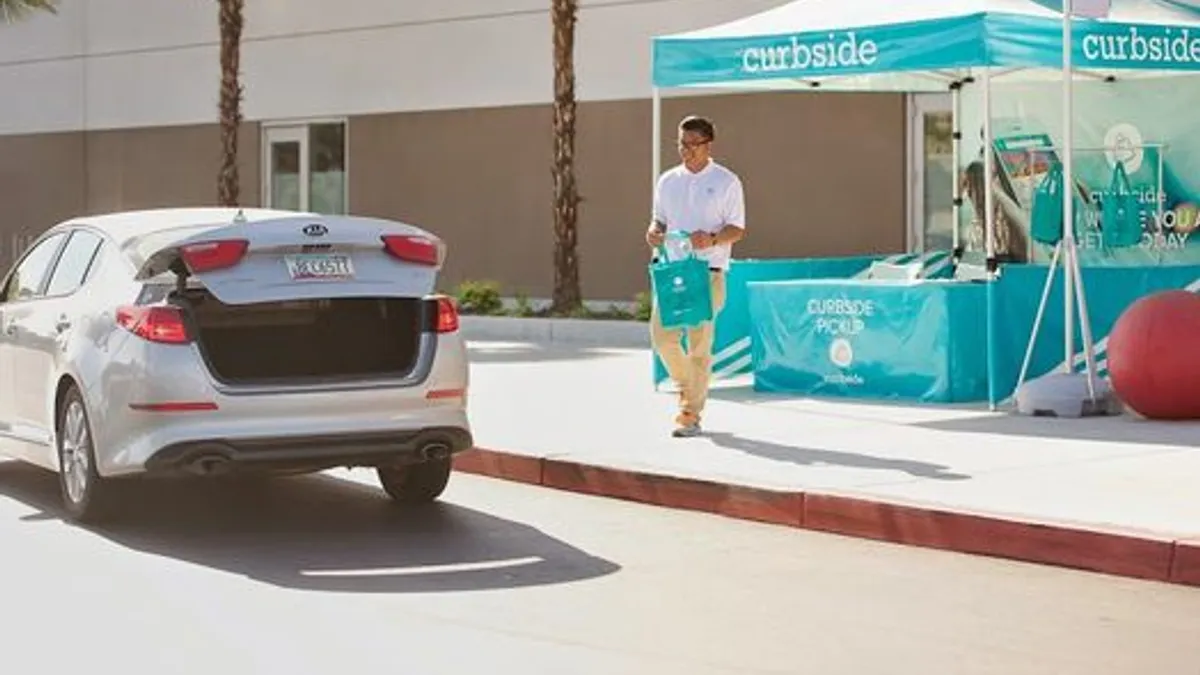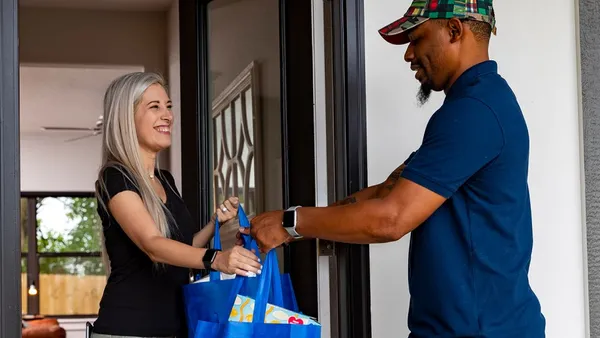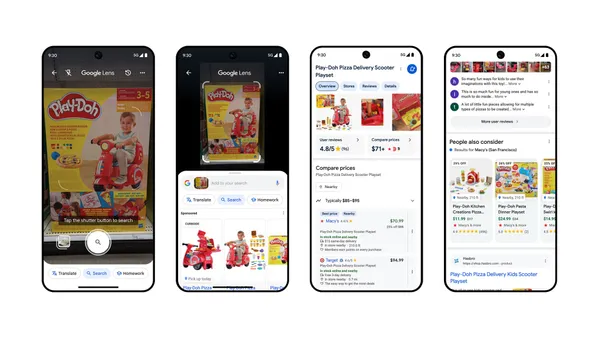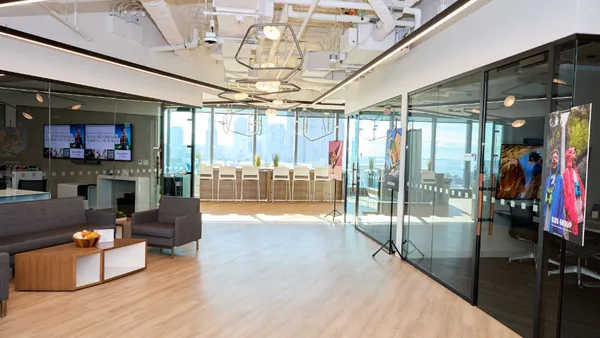Dive Brief:
-
Retailers are failing to make the most of their omnichannel efforts, highlighting the difficulty of implementing services like buy online, pick up in store (BOPIS), according to a study of 30 major retailers from cloud-based omnichannel platform Kibo.
-
Kibo’s research found that 17% of retailer apps displayed in-store inventory quantities, which is key to both sales and fulfillment, and just 7% attempted to save the sale when there’s friction.
-
The study also found that some 37% of the apps allowed shoppers to designate someone else to pick up a purchase, 30% enabled text notifications, 50% had store signage for BOPIS, and 75% had orders ready for pickup within 24 hours.
Dive Insight:
The fact that retailers are increasingly offering curbside pickup and other BOPIS services is a reflection of how consumers are blurring online and offline shopping channels, experts say. That's something that many retailers have yet to fully appreciate because they're still grappling with their own omnichannel hangups, says Bridget Johns, head of customer experience at in-store analytics firm RetailNext.
“I think what’s happening in retail is that everyone’s been homing in on this notion that the best retail experience is to allow the consumer to be in charge of the purchase,” Johns told Retail Dive. “Click-and-collect, or curbside, is a great way to extend loyalty to your customer. And I think if retailers stop pushing their own channel complex onto the consumer, it’s going to be a win for everyone.”
Or, as Kibo SVP of product and strategy Jennifer Sherman says: “In-store pickup is a popular fulfillment option, but it can be difficult to get right from start to finish.”
Some of those hangups were evident in Kibo’s study. The single most important key to successful curbside pickup (or other BOPIS fulfillment options) is tight control and comprehensive knowledge of inventory, according to according to John Thrailkill, the Container Store’s vice president of store systems and business development. The chain has formally offered curbside pickup for years, after supplying it at the spontaneous requests of customers.
“The inventory thing was one of the things that has been one of our strengths over the years. We have an inventory-focused culture,” he told Retail Dive. “So the beauty is that we have really good controls and awareness of making sure we have accuracy at all times. If I have eight of something in the store, I’m confident that I really will have eight. There’s no way to do [curbside] without having this really buttoned up.”
That, and other logistics puzzles, can introduce friction into the ordering and purchasing process, something that retailers can’t afford, Sherman says.
“Advanced retail commerce technology, store associate training and engagement, and communication with the consumer all need to work together to provide the seamless experience consumers expect,” she said in a statement.














